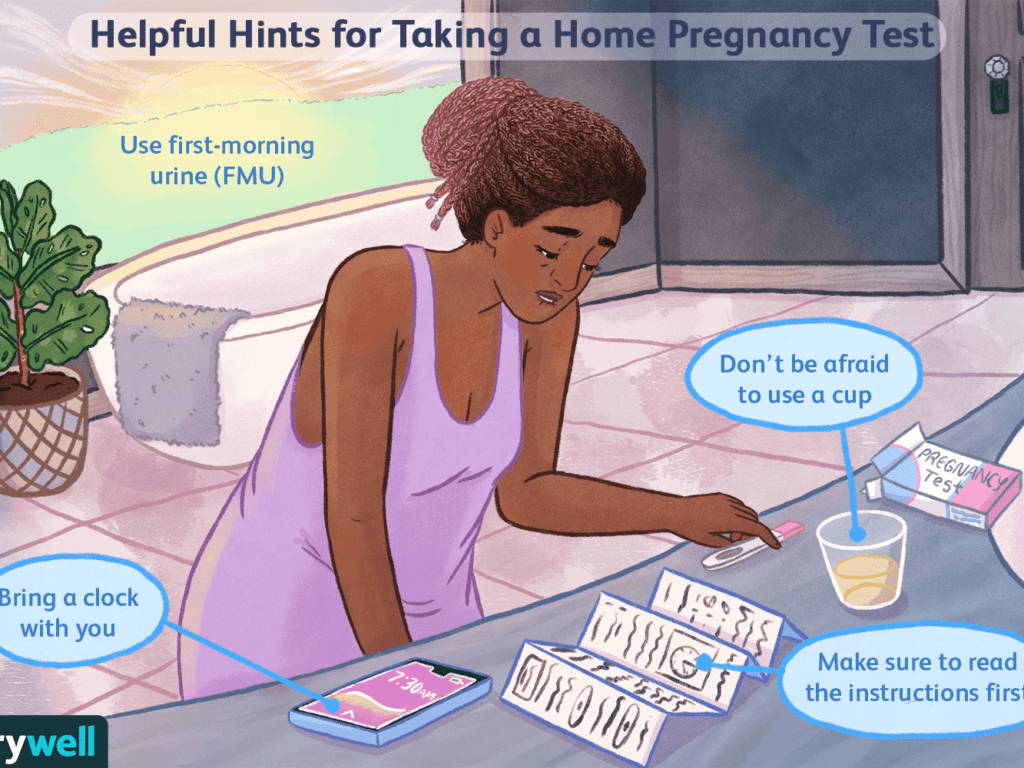Put yourself to the test to see how long you can last: Can you get up off the ground without using your hands? What about maintaining your equilibrium?
Can you get up off the ground without using your hands?
What about maintaining your equilibrium?
It appears to be an easy challenge: sit on the floor and get back up without using your hands or knees. However, if you give it a shot, you will learn that it is not as simple as it appears.
A team lead by a Brazilian researcher, Claudio Gil Arajo, designed this sitting-up exercise to predict death in middle-aged and older persons. It has repeatedly surfaced in the media since its publication in the European Journal of Cardiovascular Prevention in 2012, and each time it does, it generates great worry among people who are unable to get up. If you are one of them, keep reading (and don’t give up).
Last same researcher published another study this week with a considerably less expensive test: balance on one leg for at least ten seconds. According to Araujo’s research, being unable to do so is linked to nearly doubling the risk of death from any cause in the next decade. While ageing causes a decline in fitness, muscle strength, and flexibility, balance tends to hold fairly well until age 50.
The one-legged balancing test
The participants were instructed to place the front of their free foot behind their standing leg, keep their arms at their sides, and look straight ahead. Up to three attempts on each foot were permitted.
According to research author Arajo of the Exercise Medicine Clinic in Rio de Janeiro, Brazil, being able to balance on one leg reflects greater levels of fitness and health.
“We frequently require a one-legged stance, such as when getting out of a car or going up or down a step or stairway.” “Not having this ability or being reluctant to do so is likely to be associated with a loss of autonomy and, as a result, less exercise, and the snowball effect begins,” said one expert. According to a 2019 study, the frequency of deaths from falls among those aged 75 and up is on the rise in the United States.
Get up without using your hands or knees
The exam consists of forming a cross on the ground without resting on the hands, knees, arms, or sides of the legs. You will receive a 10 if you can get back on your feet without the assistance of those bodily parts (five points for sitting, five points for standing). Each time you lean on a forbidden joint or appendage, you lose a point.
“It is well known that aerobic fitness is strongly related to survival,” Arajo said in a press release announcing the study. “However, our study also shows that maintaining high levels of body flexibility, muscular strength, power-to-body-weight ratio, and coordination is not only good for performing daily activities, but has a favourable influence on life expectancy.”

The test is an excellent indicator of leg and core strength, as well as balance. Seniors with this muscular strength and flexibility are less prone to fall.
What if you are unable to complete the task? Early demise? According to Greg Hartley, president of the Academy of Geriatric Physical Therapy and an assistant professor at the University of Miami Miller School of Medicine, exercise can identify muscle loss in the ageing process known as sarcopenia. This decline causes various mobility issues, lowering one’s quality of life.
“Frailty, strength, muscle mass, physical performance… all of those factors are connected with death,” Hartley told The Washington Post. “For example, if someone has a really severe knee and there’s no means for him to get checked, just because that person has a pretty bad knee doesn’t indicate he’ll die soon,” Hartley explained.
The good news is that, barring issues such as arthritis, you can work on it and will most likely improve over time.
How many push-ups can you perform?
A Harvard School of Public Health study published in 2019 examined the health statistics and push-up abilities of 1,104 active, middle-aged male firefighters over the course of ten years. Men who could do 40 push-ups had a 96% lower risk of cardiovascular disease than men who could only do 10 push-ups. Another skill that can be honed.
Walking pace
Walking speed is strongly connected to mortality. According to a University of Sydney study, walking at a brisk speed lowers the chance of dying from cardiovascular disorders such as heart attacks or strokes. People who walked at a medium pace had a 20% lower risk of dying from any cause and a 24% lower chance of dying from a heart attack or stroke than those who walked slowly.
Those who claimed they walked faster, on the other hand, had a 24% lower chance of dying prematurely from any cause and a 21% lower risk of dying from cardiovascular illnesses.
According to the study, the favourable effects of quick walking were more intense in older age groups. For example, moderate speed walkers aged 60 and up had a 46% lower risk of cardiovascular death, increasing to 53% for fast walkers. Brisk walkers between the ages of 45 and 59 had a 36% decreased risk of premature death from any cause when compared to sluggish walkers.
Doctors may also use a hand dynamometer to test grip strength, which can reveal a lot about our risk of death. According to one study, every 11-pound loss in grip strength is associated with a 16% greater chance of dying from any cause, including heart disease, stroke, and heart attack.
The most important factor influencing grip strength is how fit you were in your youth and middle age.










































